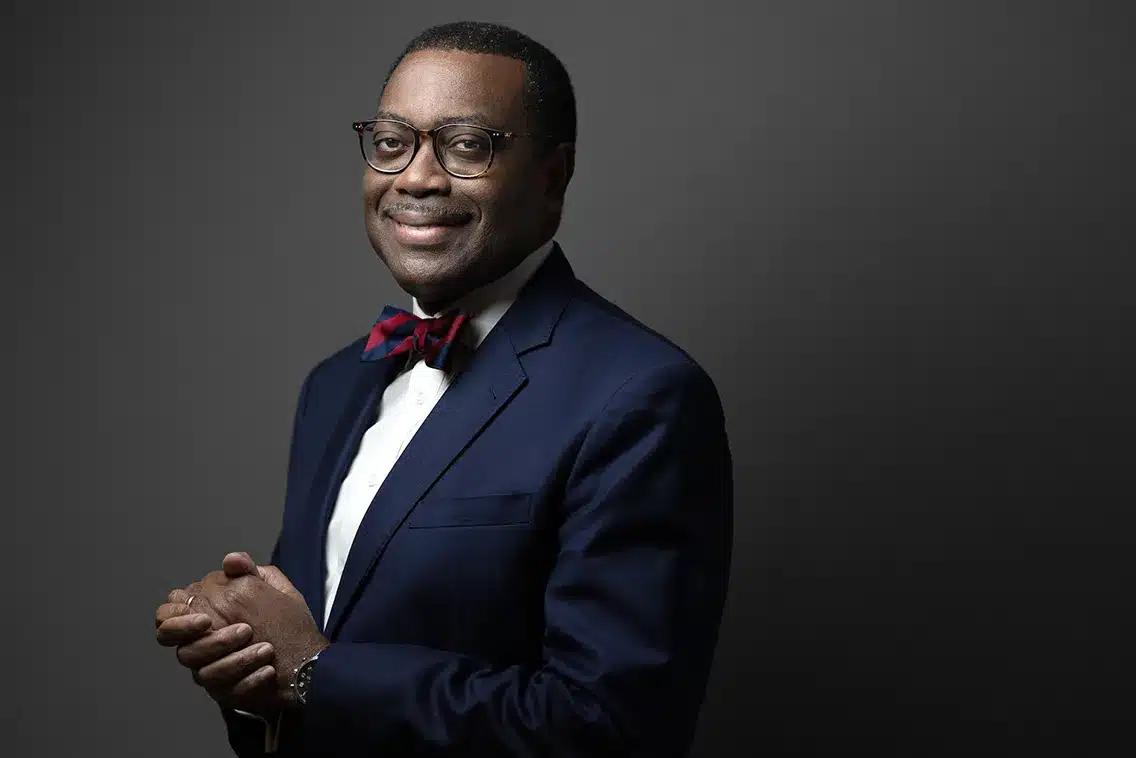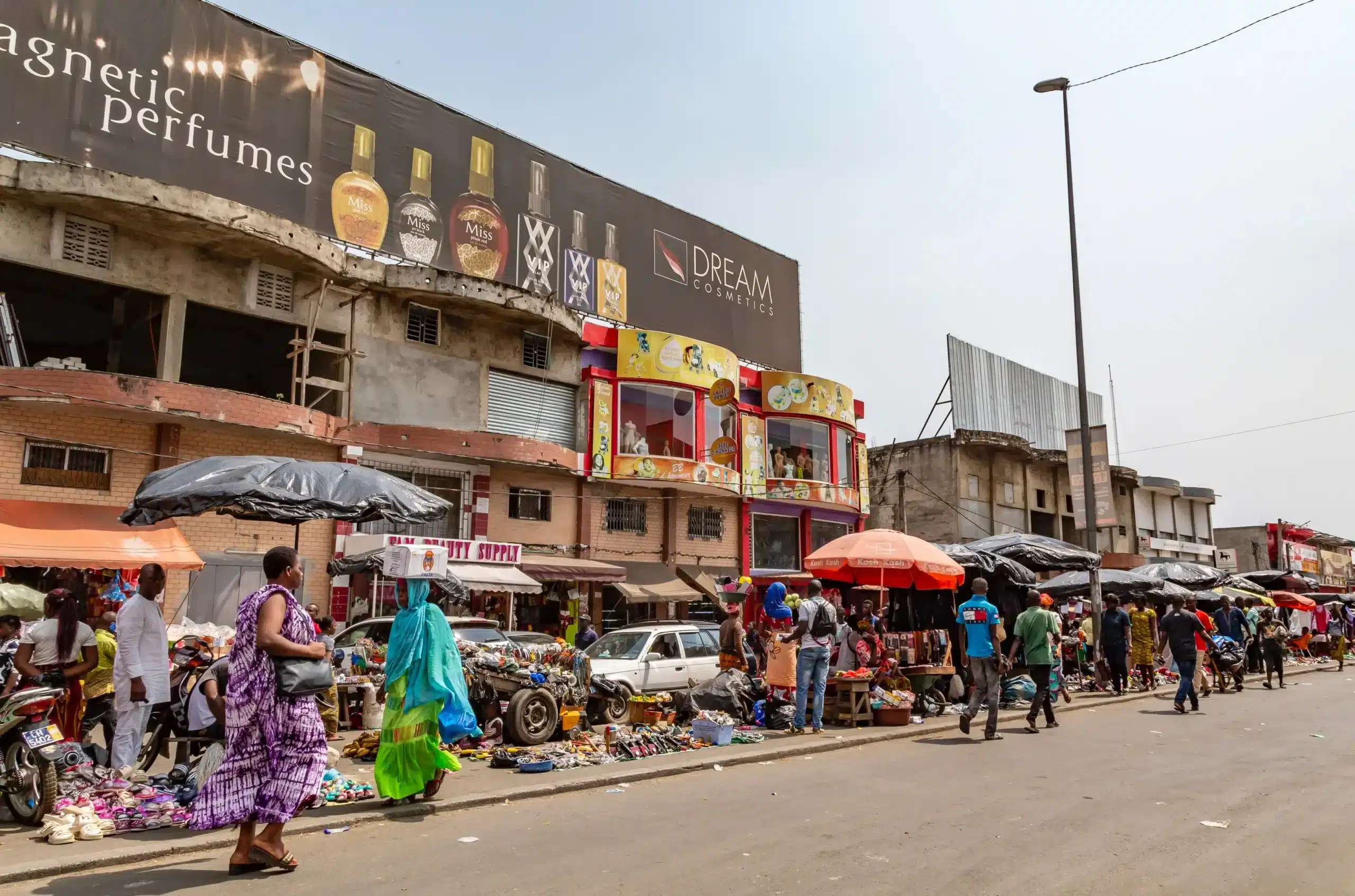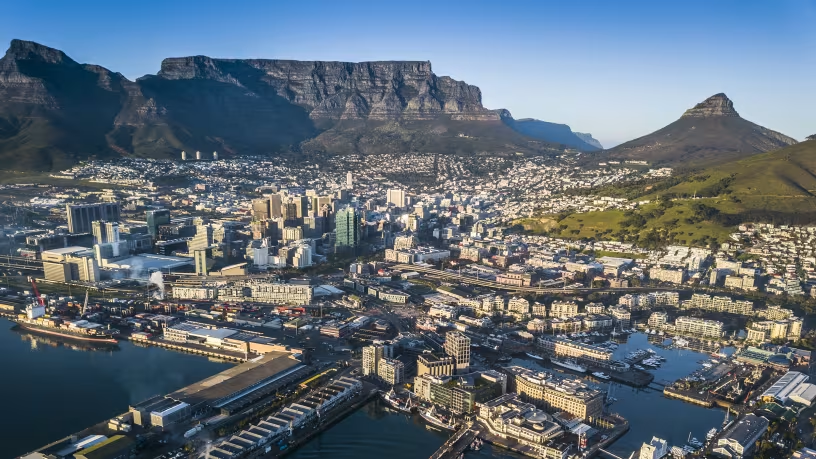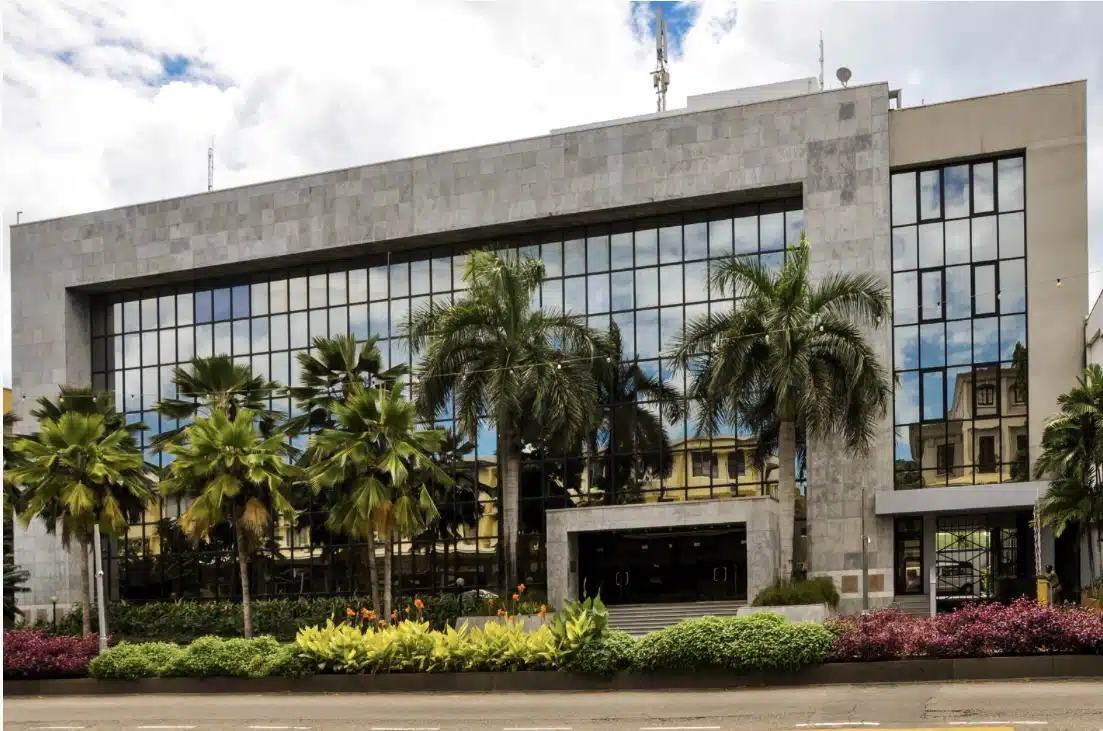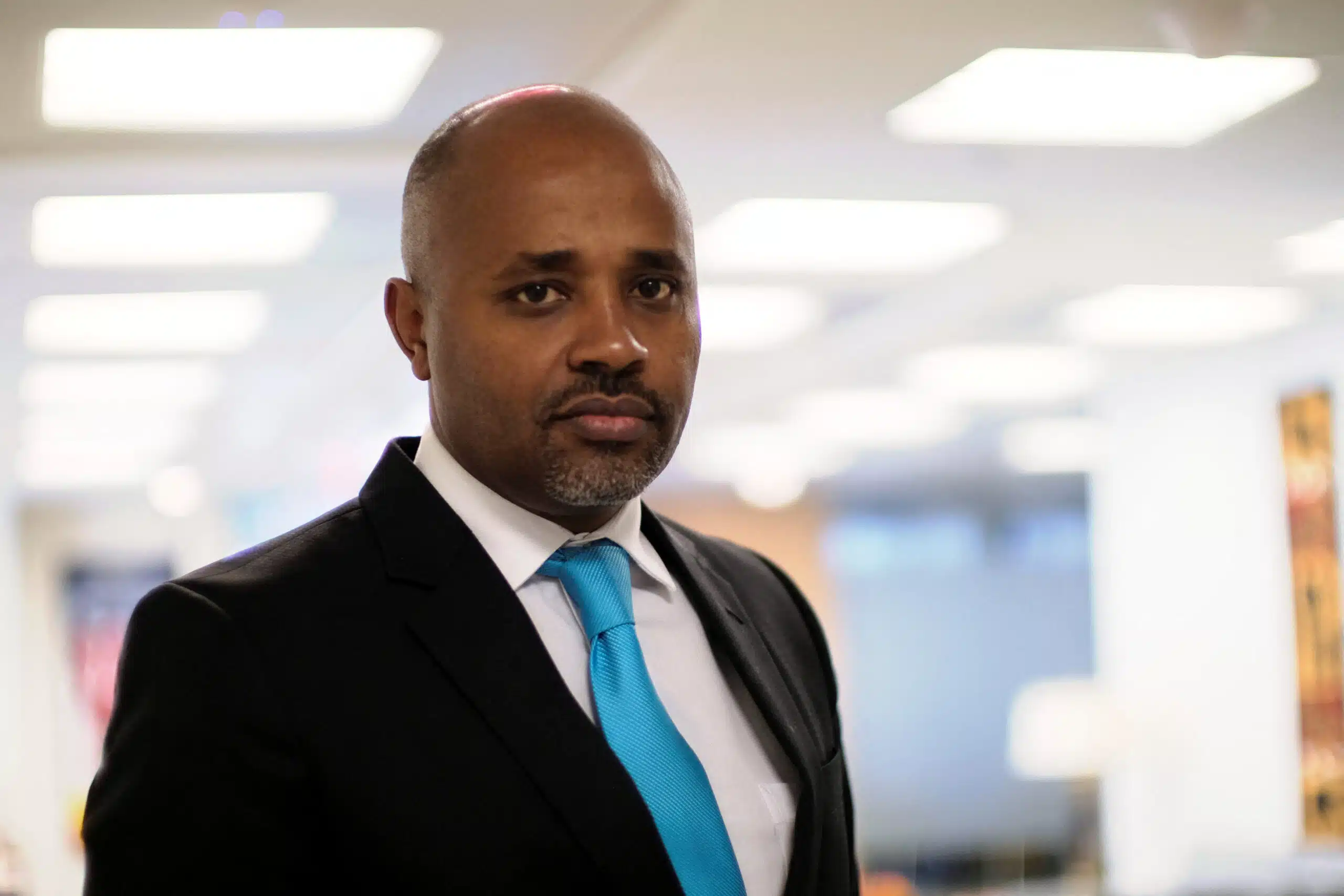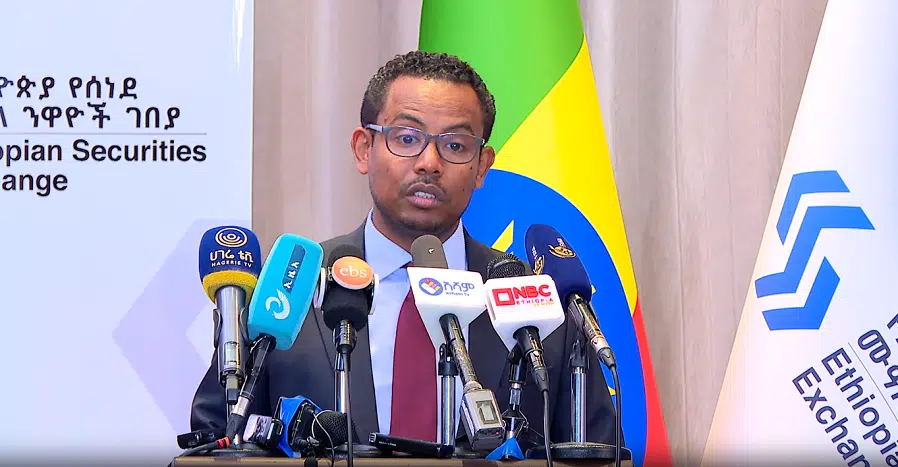On September 1st, 2015, Dr. Akinwunmi Adesina gave his inaugural address as President of the African Development Bank (AfDB), where he outlined five priorities for the continent that will shape the work of the bank in its ten-year strategy.
‘These strategic objectives are: Light up and power Africa. Feed Africa, integrate Africa, industrialise Africa and improve the quality of life for the people of Africa.
Before taking up this role, Dr. Adesina had worked in multiple international development organisations and governments, including being Minister of Agriculture and Rural Development in Nigeria- his last official assignment.
At the time Dr. Adesina took over the reins of leadership in the bank, the continent was struggling with the Ebola epidemic, with Guinea, Liberia and Sierra Leone being the epicentre.
Furthermore, armed conflicts across the continent, like the Boko Haram insurgency in Nigeria, the post-Gaddafi Libya conflict, which slowed growth in North Africa and energy problems in South Africa.
However, economic growth was projected at 4.5% in 2015, higher than the previous year’s 3.9%, with major countries in the SSA region predicted to average 5% growth, but risks such as low commodity prices, like oil, impacting government revenues and a weaker global economy.
By August 31st, 2025, Dr. Adesina will officially step down from his position as President of the continent’s biggest multilateral lender. This piece seeks to reflect on the progress made across the five core visions of his reign and the successes as well as challenges in delivering his mandate.
However, it should be noted that the AfDB alone cannot actualise the five visions which Dr. Adesina outlined, and much of the progress will stem from within countries themselves and the governance institutions that are established to bring growth and development.
Light Up and Power Africa
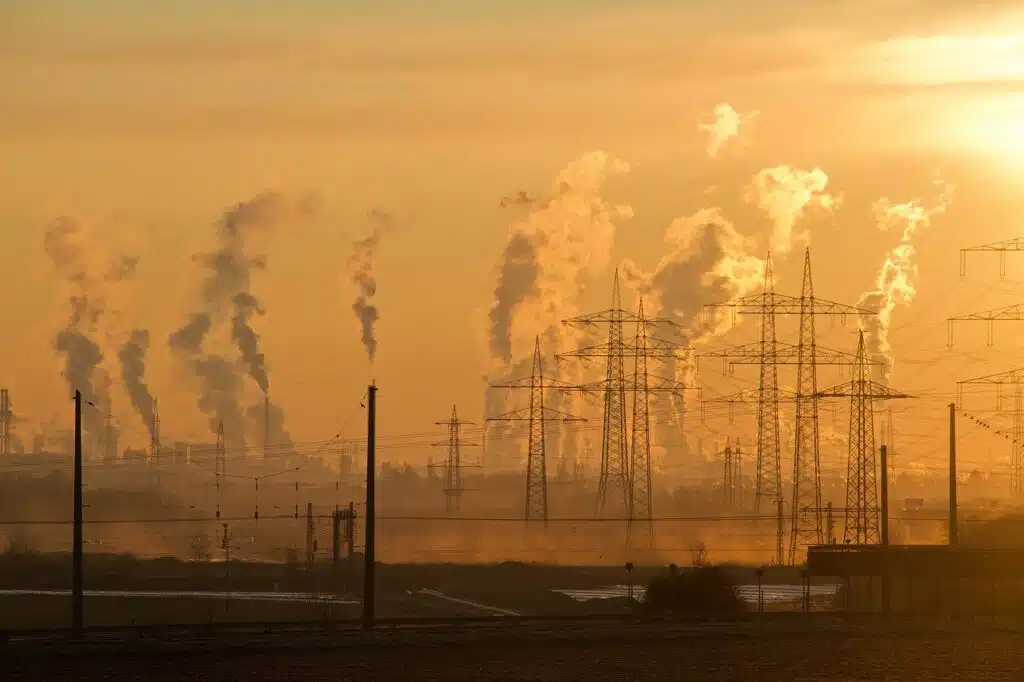
Fund raised: $30 billion
The First agenda of Dr. Adesina was the Light Up and Power Africa initiative. During his inauguration speech, Dr. Adesina said the bank will launch “ a New Deal on Energy for Africa” and promised to utilise both conventional and renewable energy sources to bridge the energy deficiency across the continent.
In 2015, an estimated 40% of people in Sub-Saharan Africa lacked access to electricity, according to World Bank data, and that figure has soared to 53% as of 2023.
However, efforts by Dr. Adesina led the administration to bridge the energy deficit in the last decade, including the New Deal for Africa, the Desert to Power initiative, Mission 300, and Sustainable Energy for All (SEFA).
These initiatives birthed projects worth tens of billions of dollars, and the latest being the partnership with the World Bank, which will provide electricity to 300 million Africans at $30 billion.
In a speech recently, Dr. Adesina stated that in the last decade, the bank’s efforts have provided electricity for 28 million Africans. The impacts of many of the projects and programs in the energy sector will begin to manifest after the life of the administration.
It is important to note that much of the bank’s investment in the power sector under Dr. Adesina’s leadership centred around renewable energy despite the continent’s potential in terms of traditional energy sources.
Feed Africa
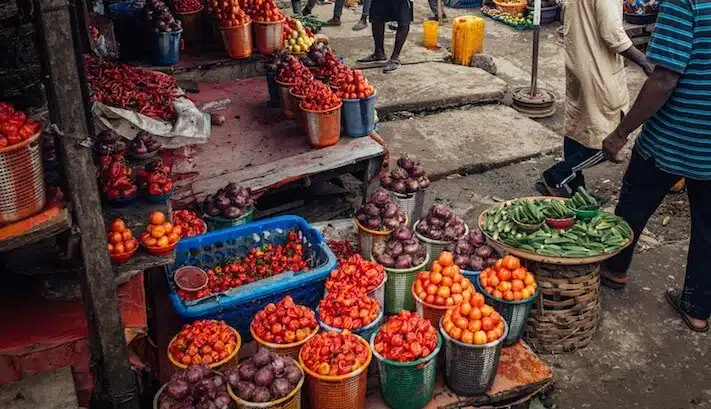
Funds raised: $61 billion
In 2015 when Dr. Adesina’s administration began, around a quarter of people living in the Sub Saharan Africa (SSA) were hungry although significant progress were made in the 15 years prior in West Africa where the number of undernourished people slid by 24% since 1992 and in North Africa where under nourishment among the population fell below 5%.
Currently, the World Health Organisation (WHO) estimates that around 20% of people living in Africa faced severe hunger in 2024 with 282 million people being undernourished in the continent.
The continent was most susceptible to the shocks of the COVID-19 pandemic in 2020 and Russia’s invasion of Ukraine in 2022, and has since not fully recovered. Food inflation across many countries in the continent stands at double digits as the pass-through effect of currency weakness on imported food items has elevated food prices in many nations.
In the last ten years, the value of food imports to Africa rose from $35 billion to $50 billion. However, the bank’s goal in 2016 was to end poverty in Africa and make the continent a net food exporter by 2025, which is far from the current reality.
The AfDB-led Feed Africa program hopes to galvanise up to $61 billion in funding aimed at transforming Africa’s to become less dependent on imports or raw material export to become value-adding and industrialised.
One of the initiatives designed to spur development in the agricultural sector is the Special Agro Industrial Processing Zones (SAPZ) project across different countries, which has spent $1.1 billion mainly in 13 countries.
Also, the Technologies for African Agricultural Transformation (TAAT) program has scaled up the distribution of better seed varieties to farmers across major crops like wheat, maize, rice and others.
The bank’s current Chief stated recently that efforts like the ones above have helped uplift around 100 million Africans from food insecurity in the continent in the last decade.
Integrate Africa
One area that Africa has been lacking compared to other continents in intra-African trade. Barriers such as language, infrastructure and foreign/trade policy have long put the volume of trade among African countries way below that of other continents.
In the last decade under Dr. Adesina’s reign, the AfDB played a significant role in the signing of the African Continental Free Trade Area (AfCFTA)- a continent-wide free trade agreement that eliminated tariff barriers in 97% of products being traded by 53 African countries.
Despite this, Dr. Adesina’s goal to “integrate Africa – grow together, develop together” hasn’t really come to fruition, as intra-African trade has remained stagnant in the past decade.
In 2014, intra-African trade stood at 15% of total trade by African nations and in 2024, the figure is less than 20% despite the AfCFTA in 2018.
Industrialise Africa
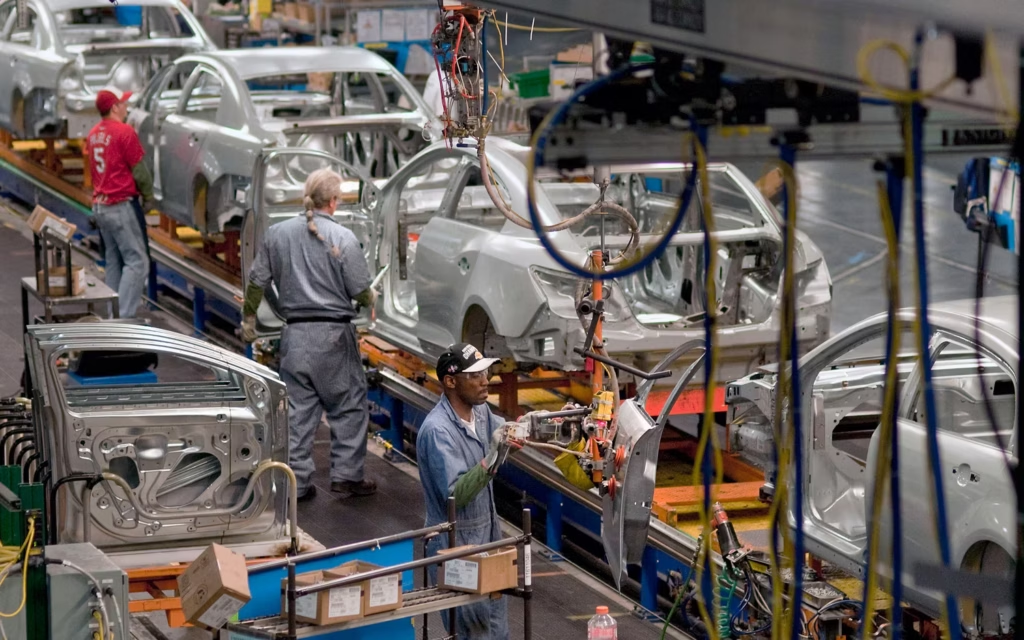
Amount raised: $180 billion
Africa is largely an agrarian economy which thrives in the export of raw materials, either oil or agricultural products. In 2015, Dr. Adesina planned to leverage the private sector to create wealth using the financing markets as an anchor to provide capital for businesses.
According to him, “By unlocking the potential of small, medium and large businesses, Africa will fast track industrial growth and development”
In 2018, Dr. Adesina convened the Africa Investment Forum (AIF) as a multi-stakeholder platform to raise capital for critical sectors like Africa’s economy. Since its launch, the forum has committed over $180 billion to private sector investments across the continent.
During its annual three-day market event in 2024, the Forum garnered $29 billion in investments- the largest since its launch in 2018. Currently, only 11 countries in Africa have more than 15% manufacturing share of GDP, with the others dependent on agriculture and trade.
Improve Quality of Life for the People of Africa:
Amount raised: $2 billion
The AfDB under Dr. Adesina’s leadership has committed to investing $200 million annually to improve the quality of Africans. Disaster exacerbated by climate change, coupled with war and insecurity, has worsened the quality of life of many Africans in the past few years.
In 2015, life expectancy in Africa was 59 years, enrollment in education was 45%, unemployment averaged 8.5%, and 71% of the population had access to improved water source,s but only 39% had seen their sanitation facilities improve.
Today, around 30 million children in the continent are out of school and 35% of youths have no access to secondary education or technical skill development just as half of all children attain adolescence without achieving literacy or numeracy.
FiA Commentary
Dr. Adesina’s high 5 excluded sectors like education and health, which are critical sectors in development, but focused heavily on economic advancement through agriculture and access to electricity.
The absence of education is worrying, considering the enormous human potential in the continent now and in the future. According to some estimates, around 40% of the global workforce will be from Africa by 2060 and around 1 in 4 people will be African. The World Bank estimates that by 2050, the net working age population will increase by 740 million people.
On the other hand, the seemingly underwhelming performance of the AfDB in the last decade to deliver significantly on its High Five mandate cannot be fully attributed to its incapacity but to protracted and emerging socio-political and economic problems bedevilling the continent.
Since 2020, West Africa has been the new epicentre of coups and terrorism, while in North Africa, Libya has not fully recovered from the Gaddafi ouster, just as Egypt is battling a humanitarian crisis on its borders.
Furthermore, the COVID-19 pandemic, coupled with the Russia-Ukraine war, has slowed progress in some sectors and others, totally erased recorded gains. A typical example is in agriculture and food security, where disruption in global supply chains exacerbated hunger and malnutrition amongst the vulnerable.
The new leadership of the bank faces a new challenge as there are shakeups in the geopolitical scene, coupled with the lingering threats of climate change and other common problems in Africa.

